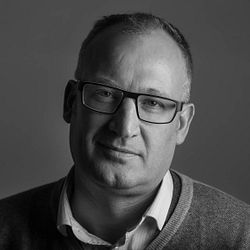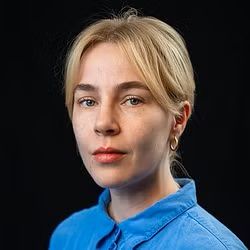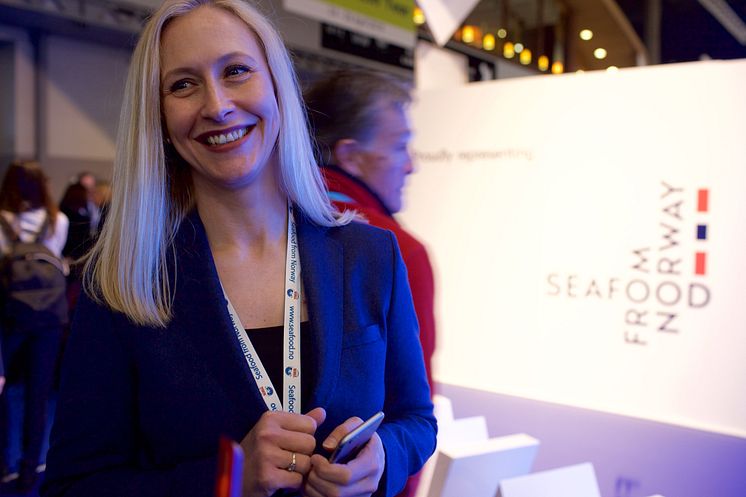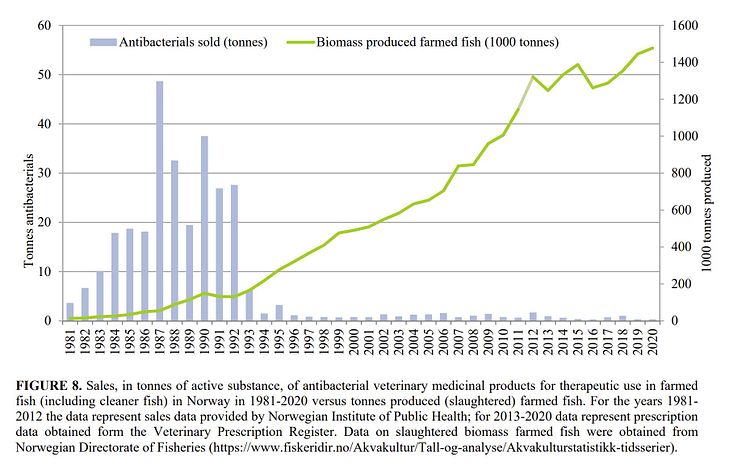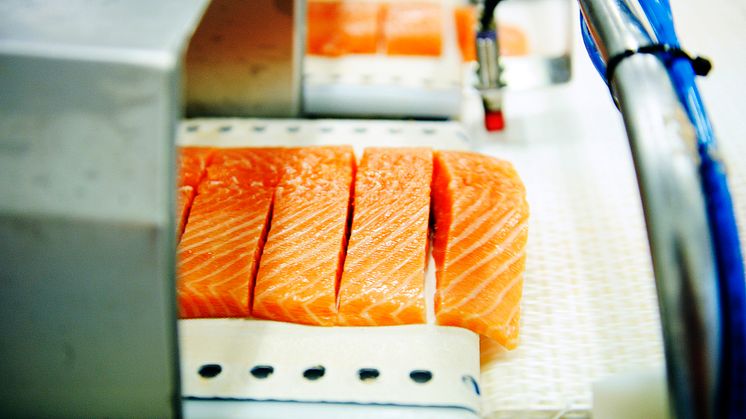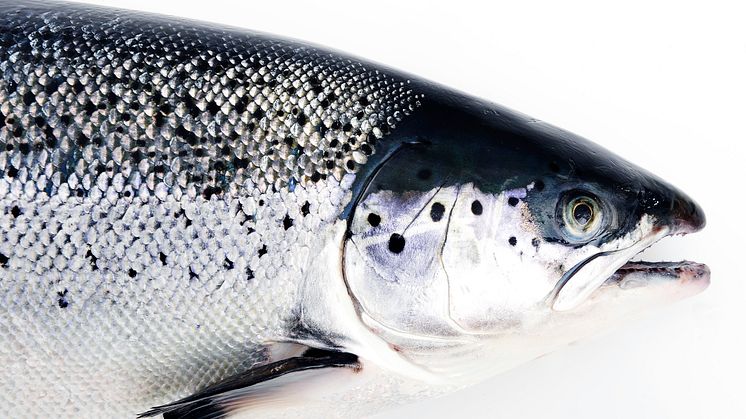
Press release -
The success recipe for eradicating antibiotics in Norwegian salmon farming
The Norwegian aquaculture industry uses less antibiotics than any other animal farming, and in 2020, 99 percent of Norwegian salmon have never been treated with any form of antibiotic.
The latest annual report on the use of antibiotics in Norwegian animal husbandry and food production showcases the Norwegian aquaculture industry’s success in minimising the use of antibiotics in salmon farming. Last year saw the lowest ever number of veterinary antibiotic treatment prescriptions for Norwegian aquaculture farms, 48 in total.
It means that 99 percent of Norwegian farmed salmon were produced without any antibiotic treatments, and thanks to our rigorous controls, consumers can have total confidence Norwegian salmon is completely antibiotics free.
No residues of antibiotics, medicines or illegal substances have ever been found in Norwegian salmon, according to annual studies by the Institute of Marine Research in Norway.
Antibiotic resistance – a global health issue
The World Health Organisation’s Antimicrobial Awareness Week runs from 18-24th November and highlights the global threat to health and development caused by the overuse of antimicrobials such as antibiotics.
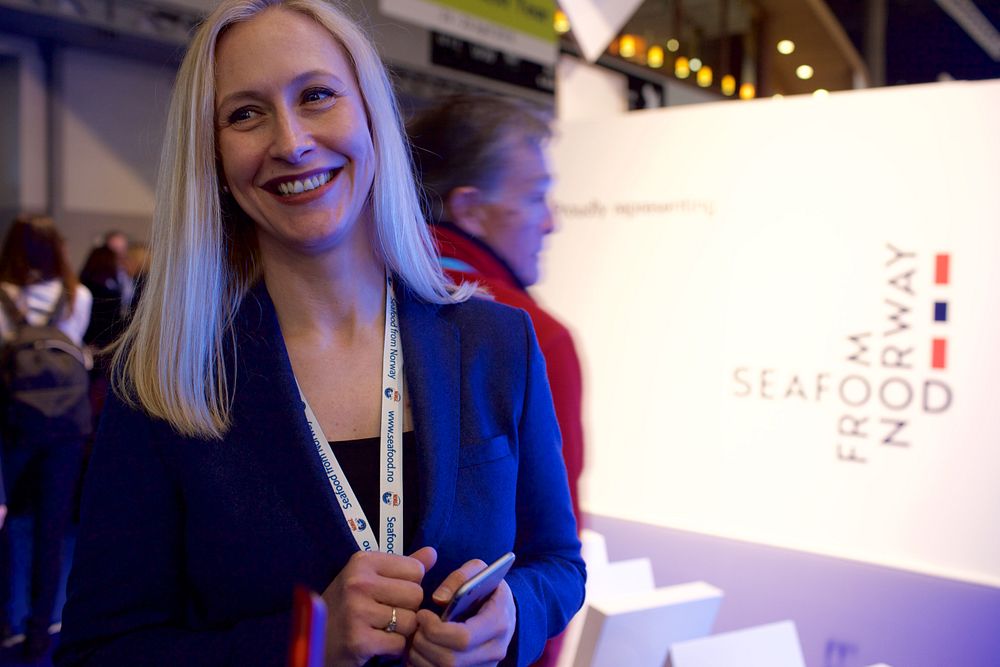
“The WHO has listed antimicrobial resistance as one of the top 10 public health threats facing humanity, and the food production industry has a weighty responsibility to address this issue, and fast”, says Renate Larsen, CEO of the Norwegian Seafood Council.
Norwegian salmon success
“The Norwegian salmon farming industry has been a pioneer in this field, and since the mid-nineties we have all but eradicated the need for antibiotics through the effective use of vaccines and focus on fish welfare,” Larsen adds.
The World Health Organization has recognised and acknowledged Norway’s efforts to reduce the use of antibiotics in fish farming. While production continues to rise, the use of antibiotics continues to drop.
“This is the direct result of the industry’s focus on fish welfare and food safety, and we are proud that Norwegian aquaculture is the best in the world when it comes to antibiotics use in animal food production,” adds Larsen.
A total of 1.4m tonnes of salmon were farmed in fjords along the Norwegian coast in 2020, making Norwegian salmon the biggest salmon producer in the world, with more than 50 percent of the market.

Safe salmon
Many myths around farmed salmon and antibiotics still exist, points out Larsen, despite the evidence from the Norwegian industry that the use of antibiotics in its farmed salmon is negligible, and has been for nearly two decades
“The use of antibiotics in our farmed salmon has been almost zero for many years now, although it is still a concern for some,” she concludes. “Consumers can have total confidence that Norwegian salmon are antibiotic free, and continue to be a safe, delicious and healthy choice to eat.”
The 2020 NORM-VET report is the twenty-first annual report of its kind, presenting data on resistance and usage of antibiotics in Norwegian animal husbandry and food production. Link to report.
Related links
Topics
Categories
The Norwegian Seafood Council works with the Norwegian fisheries and aquaculture industries to develop markets for Norwegian seafood through local market intelligence, market development and reputational risk management. The Seafood Council is headquartered in Tromsø and maintains local representatives in twelve of Norway's most important international markets. The Norwegian seafood industry finances the activities of the Norwegian Seafood Council via a tariff on all Norwegian seafood exports.
The Norwegian Seafood Council is a public company owned by the Ministry of Trade, Industry and Fisheries.


